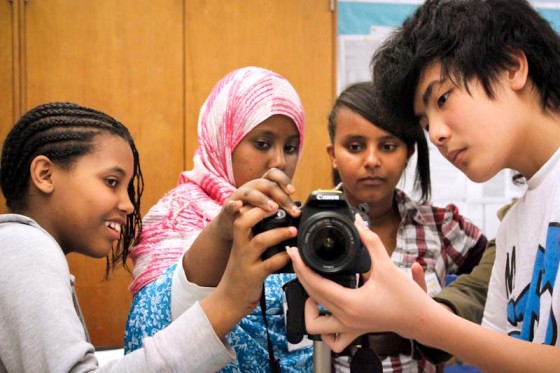
Hi everyone, you may notice that the blog looks way different. I asked my ridiculously talented friend Stacy Nguyen to make it awesome. We are still experimenting with the features and getting everything to work right, but I hope the new blog format will be easier and more fun to navigate. Please do me a favor and surf through it and leave feedback and suggestions in the comment section; just keep in mind that we nonprofit humor writers have very low self-esteem, and a mean comment may result in my hiding in the bathroom, rocking back and forth, gnawing on a piece of wheat gluten…which is also what I do on days when we have board meetings.
***
Thanksgiving is coming up this week, a time for us all to put aside everything, gather around friends and family, and reflect on all the things for which we are—OMG, a laptop/tablet with 13.3-inch touchscreen, 4GB DDR3 memory, and 128GB Solid state drive for only 500 bucks at Best Buy if you are one of the first people into the store on Black Friday!!! Hells yeah, I’m totally packing a cattle prod and some empty Snapple bottles and camping out in front of the store on Thursday evening!
Continue reading “What I’m thankful for before I grab a cattle prod and head out for Black Friday”



 Hi everyone. I am so exhausted. I don’t think I have thought this intensely for this long a period of time since, I don’t know, maybe the first season of Game of Thrones. I am now in Serbia in the city of Belgrade, some place that I never thought I would be. No one really says, “I want to go to Serbia for vacation” or “We’re going to Serbia for our honeymoon” or “Congratulations, you just won a free trip to Serbia!”
Hi everyone. I am so exhausted. I don’t think I have thought this intensely for this long a period of time since, I don’t know, maybe the first season of Game of Thrones. I am now in Serbia in the city of Belgrade, some place that I never thought I would be. No one really says, “I want to go to Serbia for vacation” or “We’re going to Serbia for our honeymoon” or “Congratulations, you just won a free trip to Serbia!”